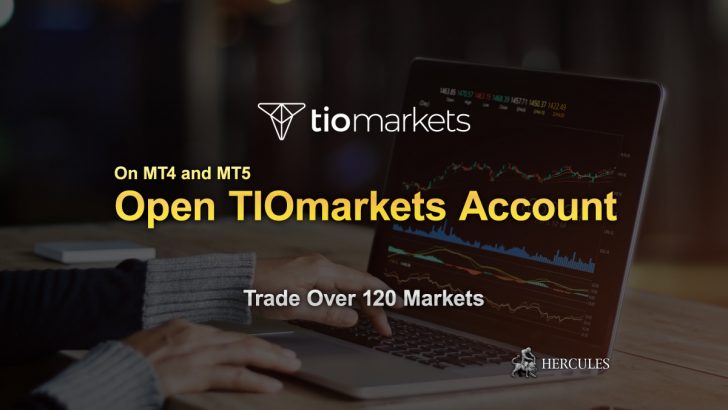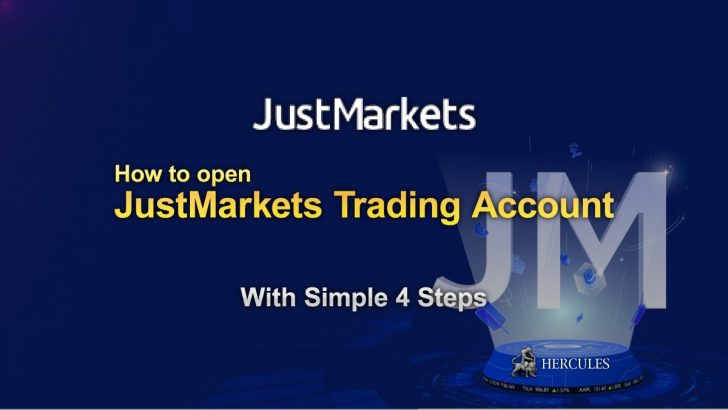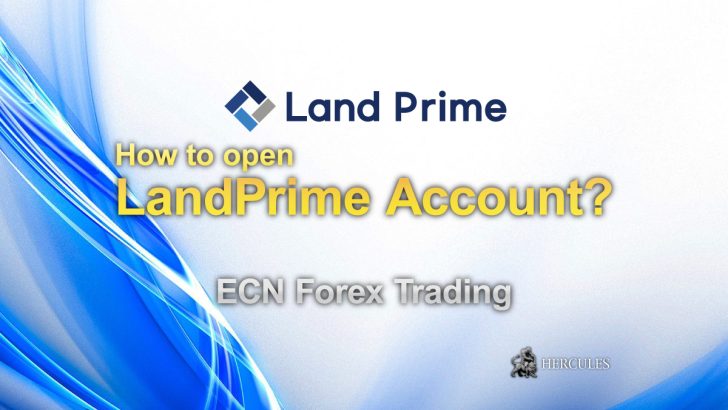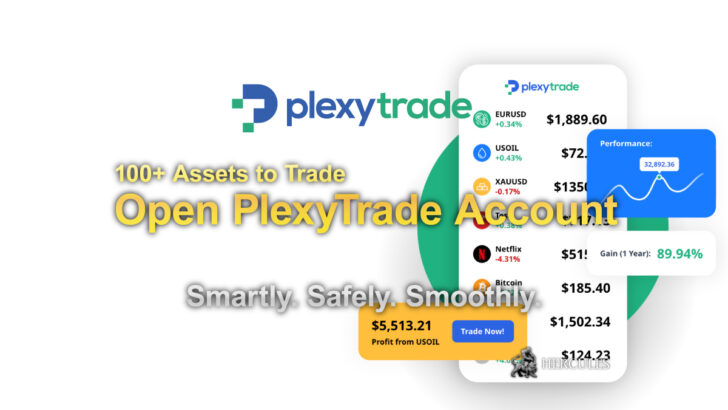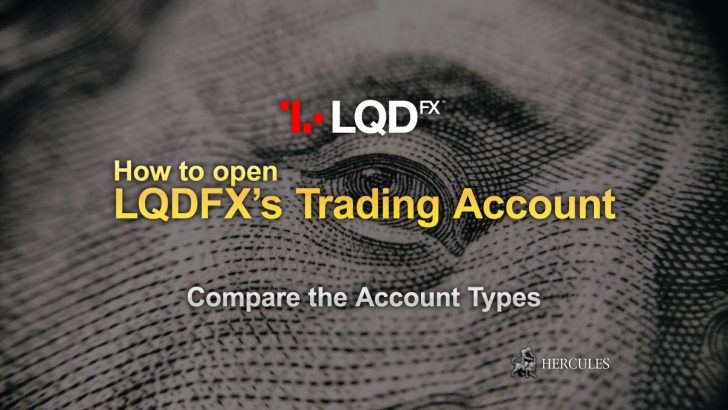Categories
What's the difference between Stocks, Futures and Forex markets?
- What is a future contract?
- How Futures Trading is different from others?
- FOREX markets, futures and stocks – what is the main difference?
What is a future contract?
A futures contract is an agreement in relation to purchase or sale of a certain asset of certain quantity at the fixed date in the future at the price agreed today.
Both goods and financial instruments may form the basis of the futures contract.
Contracts, the basic assets for which are financial instruments and namely, securities, stock indices, currencies, bank deposits, precious metals, are called financial futures contracts.
A futures contract involves two parties – the buyer and the seller.
- The buyer undertakes to perform a purchase within the term specified in advance.
- The seller undertakes to perform a sale within the term specified in advance.
These responsibilities are determined by the name of the asset, the asset size, the term of futures and the price agreed today.
Futures contracts are entered into on the specialized trading platforms, called “exchanges”.
Execution of the futures contract is guaranteed by the exchange (clearing house).
After the contract is signed, it is registered with the clearing house.
Since then, the clearing house becomes the party to the transaction for both the seller and the buyer, i.e. it acts as the seller for the buyer, and as the buyer for the seller.
See also “Futures Contract” in vocabulary
1. Standard quantity
Futures usually have a certain standard size or quantity, which is called a contract.
For example, the oil futures contract (Light Sweet Crude Oil Futures) amounts to 1,000 barrels, while Eurocurrency futures contract equals to 125,000 euro.
Due to such standardization, the buyer and the seller know exactly the amount of goods to be delivered.
If you sell one oil futures, then you know you have to sell exactly 1,000 barrels.
Only whole number of futures contracts participates in exchange trades.
Since the futures contracts are standard and are guaranteed by the clearing house, they are highly liquid.
This means that the participant of the transaction can easily close the open position (in the other words, to sell the contract) with the Offset transaction i.e. the transaction that covers the open position.
As a result of such operation you win or lose, depending on what price the position is opened and closed.
2. An asset agreed in advance
Imagine that you are the owner of a futures contract for bunt wheat.
Let’s say you buy one contract for wheat, which entitles you to purchase wheat at the fixed price of $ 640 with delivery in December.
It is obvious that something important is missing in this contract and it is: what kind of wheat are you buying?
I suppose you wouldn’t want instead of bunt wheat to receive… feed grain.
Therefore, all futures contracts envisage: the size of each contract, the delivery date and the specific type of product.
It is not enough just to know that one wheat futures contract corresponds to 136 metric tons (or 5k bushels).
It is important to have information on the quality, quantity and delivery conditions of the specific asset.
3. Futures maturity
Delivery under futures contracts is performed on the within strictly defined dates, on the so-called “delivery date”.
The delivery date is a definite period of time when the buyers purchase the goods, and sellers collect money for it.
Futures are only valid within the periods fixed in advance.
At the end of this period it becomes impossible to make a transaction on a previously specified time periods.
Futures deliveries are made within specified periods, upon expiration of which a new delivery date comes into force.
If you do not need a delivery, you must close the open position in the futures by offset (reverse) transaction before expiration of the period specified in the contract in the Last Trading Day Specifications.
4. Tick – is the minimum price step at the futures market
Bids in amounts less than the minimum tick are not implemented.
Due to the fact that each futures contract has a fixed size, for each contract the minimum price of the tick is calculated.
Knowing the tick and the tick price, you can calculate the final profit or loss in the futures market.
5. The use of futures
Futures can be used in a variety of situations: to avoid the risk (hedging) or for high income with the high percentage of risk (speculation).
Remember, futures markets are largely considered to be risky, because the high level of leverage not only provides the opportunity to receive high income, but also, consequently, increases the level of risk.
There are three types of participants in futures trading: hedgers, speculators and arbitrageurs:
- The main purpose of the hedger is to reduce the percentage of risk.
- Speculator is looking for the high returns by taking “over” the hedger’s risk.
- The purpose of arbitrageur is the income without risk through market mismatches.
6. Execution of the futures contract
If the contract participant wishes to perform or accept the delivery, he does not close his position until the day of delivery.
In this case, the supplier delivers the goods to the warehouse stipulated in the specifications.
The warehouse issues a warrant, which the seller of the futures contract sends to the broker.
The futures contract buyer shall pay the full amount of the contract, brokers exchange assets and transfer them to their customers.
The actual delivery of goods is carried out from any stock exchange warehouse, which has the right to initiate the delivery.
Terms of certain futures contracts can envisage the settlements between the parties in monetary form instead of delivery of the underlying asset.
7. The specifics of future contract trading
The futures contract may be conducted only with the mediation of the broker firm that is a member of the exchange.
When opening a position according to the contract, its party shall make a down payment (deposit), which is called primary, or deposit, margin.
The margin amount is usually from 2 to 10% of the contract value.
These funds shall be made into the client account opened in the clearing house for each bidder.
Terms of the contracts may permit the initial margin both in cash and securities.
According to the results of the futures trading the clearing house sets daily gains and losses of participants and, consequently, withdraws money from the account of the losing side and transfers it to the account of the winning side.
The contract party can keep its position open for a long time, for example, several days.
In this case, the clearing house will still define his winnings or losses for each day.
See More – What’s Futures Market?
How Futures Trading is different from others?
The main difference between a Futures Trade and other trading on the stock market is the fact that you do not actually own anything tangible in Futures.
With the Stock market, you own a small piece of the company or share, which you are buying, selling or holding on to.
With Futures trading, you are basically looking at speculation trading on the future direction of the Commodity price and whether it will go higher or lower.
It is effectively like placing a bet on whether the commodity price will move up or down or even remain the same in the future. Buying or selling in futures is predictions for future buying and selling.
The investor also plays an important role in this scenario.
A futures investor strives to make good predictions and therefore trading decisions based on what he or she believes will happen with the prices. The investor in futures is looking to foresee future market changes.
When an investor notices how prices are fluctuating, he or she can take advantage of this by either buying or selling at a profit.
The Futures Contract
Unlike a stock, which represents equity in a company and can be held for a long time, if not indefinitely, futures contracts have finite lives.
They are primarily used for hedging commodity pricefluctuation risks or for taking advantage of price movements, rather than for the buying or selling of the actual cash commodity.
The word “contract” is used because a futures contract requires delivery of the commodity in a stated month in the future unless the contract is liquidated before it expires.
Why Future Prices Change?
Stock indexes are affected by whatever influences the stock market as a whole.
Interest rates certainly also play a major role and higher interest rates usually have a negative effect on the stock market.
Other influences include the overall prospects for corporate earnings and corporate tax policies that help or hurt big businesses.
Making Money with Futures Trading
There is a considerable amount of risk involved.
However, many people overlook this risk because the profit margins are huge when trading is done correctly. Traders have been known to make a few million dollars even starting with only a few thousand.
It is not easy to make a good profit, but nowadays there are not really any methods where you can really profit without some level of difficulty to overcome.
5 Different types of Futures Trade Commodities
- Agricultural
This is one of the largest futures markets, usually in Soybean, corn and wheat areas. - Interest Rate Futures
A growing market that focuses on financial transactions on BONDS and on interest rates themselves. - Currency Trading
Perhaps the largest of all Futures markets, FOREX FUTURES TRADING. - Energy Futures
Oil and Gas and other fuel trades. - Food Futures
Food markets include Orange juice, Sugar and Coffee, as well as many other fuel sources.
FOREX markets, futures and stocks – what is the main difference?
In FOREX market dozens of currency pairs are being traded, of which only six are basic, but all of them are linked through two major currencies.
Diversification in such a market is not possible, it does not have transparency, besides lack of government regulators puts the reliability of long-term investments in doubt.
But convenience and speed of opening of accounts and their replenishment, plus popularity of platforms and small start-up capital – all this made FOREX the most popular market where traders take their first steps and learn the hard way.
Unlike OTC FOREX, the U.S. stock market quotes securities of 11,000 companies worldwide, of which about 500 (included in the broad market index SP500) are the most interesting companies for private investors.
This market is well-regulated and is under the control of SEC (U.S. regulator that controls the activity of the securities market in the United States) and the safety of customer funds is at the highest level.
But the process of investing in it is very specific – for in-depth analysis it is desirable to study technical analysis and reporting, as well as financial performance of each individual company.
In addition, the level of initial deposit for entry into this market is rather high, because the use of additional loan funds by traders in the form of leverage is limited by law and most of the stock portfolios are formed from their value at par.
U.S. derivatives market, where regular futures and options trading are conducted, has a significant advantage over the FOREX and stock markets.
It quotes more than 500 different futures contracts, of which on more than 100 active trades are held regularly.
Derivatives market, unlike the currency one is subject to state supervision and is clearly controlled by the regulators of the CFTC and NFA, and all accounts on it are insured, so the safety of customer deposits is its essential attribute.
The exchange trades of futures and options are absolutely transparent, the prices and volumes of deals are available for everyone – you can see them on the sites of the exchanges.
Another important difference of the derivatives market from the currency market is an opportunity for a wide portfolio diversification, since the client has access to all financial instruments from different, unrelated to each other sectors – from agriculture products to the non-ferrous metals, from the government bonds to indices of electrical energy industry and the environment.
By the way, both currencies and stock market indices are also included in this extensive list.
It is also important that to begin self-trading in the U.S. derivatives market you need to have a lower amount in the account than to enter the trading in securities.

